Tube fabrication is a process of shaping, cutting, and bending metal tubes into custom shapes and sizes for various applications. It has been used for centuries to create a wide range of products, from simple household items to complex machinery parts. The history of tube fabrication dates back several centuries, with evidence of tube bending and shaping techniques used in ancient civilizations such as Rome and Egypt. The process of tube fabrication evolved over time as new materials and techniques were developed. Read More…
Founded in 1990, Sharpe Products is an ISO 9001:2015 certified company specializing in industrial and commercial pipe and tube bending, laser cutting, end-forming or other custom fabrication services. In addition, we offer a robust line of architectural handrail fittings and accessories such as brackets, connectors, disks, end-caps, flanges, newel caps and spheres.
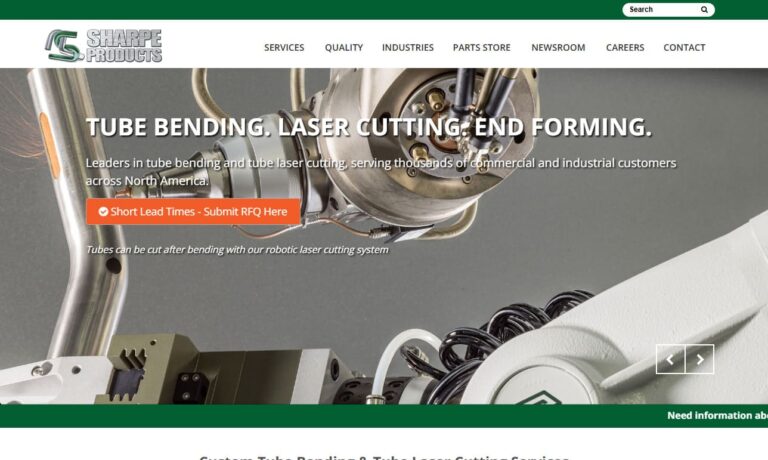
Here at Zeman Manufacturing Company we offer a number of services and products including: tube bending, tube end forming, tube assembly, tube cutting, hypodermic tube fabrication, tube coiling, tube swaging, lubricating oil cups, metal tube spacers and custom miniature headers. If you have any specialized requests then give one of our representatives a call today! Please visit our website if you...

With 75+ years of experience, H-P Products, Inc. is a leader in precision tube fabrication. We offer CNC bending up to 8" OD, NC bending up to 10" OD, laser tube cutting, welding, and end-forming to support a wide range of industries. From complex geometries to contract manufacturing, customers rely on us for consistent quality and dependable results.

Diemo Machine Works provides precision machining, custom fabrication, welding, laser cutting, and tube bending services. With meticulous attention to detail and commitment to excellence, we deliver high-quality, custom-engineered solutions that meet the diverse needs of our clients across various industries.

At Erin Industries, Inc., we take great pride in our expertise and capabilities in the field of tube fabrication. With a commitment to precision, reliability, and innovation, we continuously strive to elevate the standards of tube fabrication within the industry. Erin Industries, Inc. is your trusted partner for all your tube fabrication needs, delivering products and services that meet and...
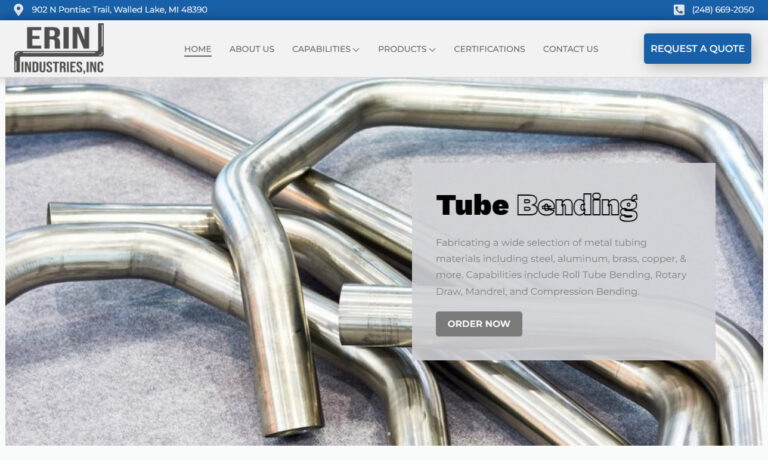
Great Lakes Powder Coating, L.L.C. (GLPC) is a leading provider of comprehensive manufacturing solutions, specializing in CAD design, tube bending, laser cutting, media blasting, welding, powder coating, and pre-treatment services. With a commitment to precision and quality, GLPC excels in delivering custom, high-performance finishes that meet the exacting standards of various industries,...

At Fraser Steel Company, we take pride in delivering precision tube fabrication solutions that meet the highest standards of quality and reliability. We specialize in producing custom metal tubing for a wide range of industries, leveraging our expertise in bending, cutting, and forming to create components that perform under the most demanding conditions.

At TubeCo, Inc., we take pride in our ability to provide comprehensive tube fabrication solutions that meet a diverse range of industry needs. With decades of experience, we excel in crafting high-quality tubes tailored to our clients' precise specifications. Our extensive portfolio includes everything from standard and custom tube designs to complex, precision-engineered components. Our...

More Tube Fabrication Companies
Tube fabrication is a critical process in modern manufacturing, involving the shaping, cutting, bending, and assembly of metal or plastic tubes to meet precise specifications. Today, tube fabrication services are at the heart of industries ranging from automotive and aerospace to construction and medical device manufacturing. As technology and engineering standards have evolved, so too have the methods and materials used in tube fabrication, resulting in highly efficient, reliable, and customizable tubing solutions for countless applications.
The roots of tube fabrication stretch back to ancient civilizations such as Rome and Egypt, where early metalworking laid the foundation for creating pipes and structural supports. The technique gained further prominence during the medieval era, when artisans crafted tubes for armor and weaponry. The Industrial Revolution marked a turning point, as new machinery enabled mass production of tubes in a variety of shapes and sizes. This innovation fueled advances in steam engines, boilers, textile machinery, and locomotives, embedding tube fabrication as a cornerstone of industrial progress.
The dawn of the 20th century brought a surge in demand for fabricated tube products, especially with the rise of the automotive industry. Components like exhaust systems, fuel and brake lines, and structural chassis relied on precision tube bending and cutting. Today, state-of-the-art tube bending machines and CNC-controlled systems deliver unmatched accuracy, supporting everything from advanced aerospace designs to intricate medical equipment. As a result, tube fabrication has become an indispensable technology in contemporary manufacturing and engineering.

The Process of Tube Fabrication
Tube fabrication is a multi-step process that requires careful planning, advanced equipment, and expert craftsmanship. Below, we break down the critical stages involved in delivering high-quality custom tube assemblies for a wide array of industries.
Material Selection:
Selecting the right material is the cornerstone of any tube fabrication project. Factors such as strength, ductility, corrosion resistance, thermal conductivity, and cost drive material choices. Common tube fabrication materials include:
- Steel: Known for its strength and durability, steel is used in heavy-duty structural applications and industrial machinery components.
- Stainless Steel: Offers exceptional corrosion resistance, making it ideal for marine, chemical processing, and food-grade tubing.
- Aluminum: Lightweight and corrosion-resistant, aluminum tubes are popular in aerospace, automotive, and HVAC applications.
- Copper: Valued for its thermal and electrical conductivity, copper tubing is essential in plumbing, refrigeration, and electronics.
- Titanium: Combines high strength with light weight and corrosion resistance, making it suitable for aerospace, medical, and high-performance sports equipment.
- Plastics (PVC, Polyethylene, Nylon): Offer flexibility, chemical resistance, and cost-effectiveness for applications such as fluid transport and insulation.
When evaluating which material to use, manufacturers must also consider industry standards, compliance requirements, and the intended application. For example, medical and food processing tubes often require compliance with FDA or other regulatory guidelines.
Cutting:
Cutting is a foundational step in the tube fabrication process, as it determines the accuracy and quality of subsequent operations. Key cutting methods include:
- Sawing and Shearing: Traditional methods for cutting tubes to length, suitable for low-volume or less complex projects.
- Laser Cutting: Offers unparalleled precision and speed, making it ideal for intricate cuts, tight tolerances, and high-volume production runs. Laser tube cutting is commonly used in automotive, aerospace, and architectural applications.
- Plasma Cutting: Utilizes ionized gas to slice through thick or tough metals, often applied in heavy equipment manufacturing or construction.
- Water Jet Cutting: Employs high-pressure water (sometimes with abrasives) to cut a wide range of materials without introducing heat, preserving material properties and finish.
Most modern tube cutting operations are guided by CNC (Computer Numerical Control) systems, which ensure consistent, repeatable results and minimize waste. Looking for ways to improve precision in your tube cutting process? Explore our directory of tube cutting service providers.
Shaping:
The shaping phase transforms straight tube stock into complex geometries suited for their end-use. Several shaping techniques are available:
- Tube Bending: Uses manual or CNC bending machines to create curves, angles, or spirals. This is essential for exhaust systems, roll cages, and HVAC piping.
- Rolling: Passes tubes through rollers to form large-radius bends or cylindrical coils, often used in heat exchangers and spiral staircases.
- Extrusion: Forces material through a die to create tubes with specific cross-sectional profiles, ideal for custom or complex shapes.
- Flaring, Swaging, Expanding: Modifies tube ends to facilitate connections, improve assembly, or increase mechanical strength.
Choosing the appropriate shaping technique depends on the tube’s material, diameter, wall thickness, and the desired final geometry. Need help selecting the right tube forming method for your application? Contact a tube fabrication expert for guidance.

Welding:
Welding is essential in assembling complex tube structures or joining segments. Common tube welding techniques include:
- TIG Welding (Tungsten Inert Gas): Delivers clean, precise welds with minimal spatter, making it ideal for thin-walled tubes and visible joints in high-end applications.
- MIG Welding (Metal Inert Gas): Offers speed and efficiency for thicker tubes, with automated options for high-volume production.
- Laser Welding: Provides precise, low-distortion welds, especially valuable for small-diameter or delicate tubes in electronics and medical device assembly.
Proper tube welding requires careful control of parameters such as heat input, filler material, and joint preparation. Automated and robotic welding systems are increasingly used to improve speed, consistency, and safety in tube assembly operations.
Finishing:
Tube finishing enhances the tube’s appearance, performance, and longevity. Key finishing processes include:
- Polishing: Removes surface imperfections, burrs, and weld discoloration, resulting in smooth, visually appealing tubes. Mechanical or chemical polishing can achieve a range of finishes from matte to mirror-bright.
- Coating and Plating: Applies protective or decorative layers such as paint, powder coating, anodizing, zinc, or chrome plating. These finishes improve corrosion resistance, wear properties, and aesthetics.
- Passivation and Electropolishing: Chemical treatments that enhance corrosion resistance and cleanliness, especially for stainless steel tubes used in food, pharma, or medical applications.
- Laser Marking and Engraving: Permanently etches identification, barcodes, or branding onto tube surfaces for traceability and compliance.
The right finishing process is determined by end-use requirements, regulatory considerations, and the desired look and feel. Curious about which tube finishing technique best suits your project? Ask our tube finishing specialists today.
Quality Control:
Rigorous quality control ensures that fabricated tubes meet dimensional, mechanical, and aesthetic standards. Key quality assurance steps include:
- Raw Material Inspection: Verifies incoming tube stock for compliance with specifications and certifications.
- In-Process Checks: Uses calipers, gauges, and laser scanners to verify dimensions after each fabrication stage.
- Non-Destructive Testing: Includes ultrasonic, radiographic, and hydrostatic tests to identify defects without damaging the tube.
- Destructive Testing (on samples): Confirms weld strength, ductility, and other mechanical properties.
Robust quality control protocols are vital to ensure reliability and safety, especially in critical industries such as aerospace, oil & gas, and medical manufacturing. Want to learn more about the quality standards for your application? Find tube fabricators who meet ISO, ASME, or FDA requirements.

Limitations and Negatives of Tube Fabrication
While tube fabrication delivers remarkable value across industries, there are notable limitations and challenges to consider:
- High Initial Costs: Investing in advanced tube fabrication equipment, tooling, and skilled labor can be expensive, especially for custom or low-volume projects.
- Lead Times: Complex designs and multi-step fabrication processes may extend production timelines.
- Material Waste: Cutting, forming, and finishing often generate scrap and offcuts, requiring effective recycling and waste management strategies.
- Design Constraints: Extremely intricate geometries or tight radii may be limited by material properties or tooling capabilities.
- Quality Assurance Complexity: Maintaining consistent quality across large batches or complex assemblies demands stringent inspection and process control.
To address these challenges, leading tube fabricators invest in automation, lean manufacturing, and continuous workforce training. Early design collaboration with clients helps identify manufacturability issues, while advanced software modeling optimizes material usage and reduces waste. Looking to overcome tube fabrication obstacles? Connect with experts in efficient, sustainable tube production.
Benefits of Tube Fabrication
Tube fabrication delivers a host of benefits that make it a foundational process across modern industry:
- Design Versatility: Fabricated tubes can be produced in any required diameter, shape, or wall thickness, supporting a wide variety of custom and standard applications.
- Performance Optimization: Custom tube assemblies enhance strength, durability, and performance by matching material and geometry to specific operational requirements.
- Material Efficiency: Advanced fabrication processes minimize waste and allow for lightweight, high-strength designs that improve energy efficiency and reduce costs.
- Integration and Assembly: Precision tube fabrication supports seamless integration with other components, simplifying installation and reducing assembly time.
- Reliability and Safety: Stringent quality controls ensure tubes meet or exceed industry standards, which is critical in safety-sensitive applications.
Whether you need corrosion-resistant tubing for chemical processing, lightweight assemblies for automotive innovation, or precision medical tube components, professional fabrication solutions offer customizability and reliability.
Applications of Tube Fabrication
The applications of tube fabrication are both broad and highly specialized, supporting key sectors such as:
-
Automotive Industry:
- Exhaust systems, roll cages, hydraulic and brake lines, fuel lines, and engine cooling systems.
- High-performance and custom vehicles rely on precision tube bending for weight reduction and structural integrity.
-
Aerospace and Defense:
- Hydraulic and pneumatic lines, fuel systems, cabin air systems, and structural supports.
- Lightweight titanium and aluminum tubes help reduce aircraft weight and improve fuel efficiency.
-
Construction and Infrastructure:
- Scaffolding, handrails, bridge supports, and HVAC ducting.
- Custom tube fabrication enables modern architectural designs, shelters, and stadiums.
-
HVAC and Refrigeration:
- Air conditioning coils, refrigeration lines, heat exchangers, and condensers.
- Seamless tubes ensure efficient thermal transfer and leak-free performance.
-
Medical and Healthcare:
- Surgical instruments, catheters, endoscopes, diagnostic equipment, and hospital bed frames.
- Stainless steel and specialty alloy tubes meet stringent cleanliness and biocompatibility standards.
-
Oil and Gas:
- Drilling pipes, well casings, flowlines, and offshore platform supports.
- High-strength, corrosion-resistant tubes withstand harsh operating environments.
-
General Manufacturing:
- Conveyor systems, industrial machinery, material handling equipment, and production lines.
- Custom tube fabrication supports automation, robotics, and process optimization.
-
Furniture, Marine, and Artistic Installations:
- Modern furniture frames, marine railings, and sculptural works leverage tube forming for strength and aesthetics.
Unsure which tube material or fabrication process is best for your application? Browse our directory to compare tube fabrication solutions by industry and capability.
Key Decision Factors When Choosing a Tube Fabrication Partner
Selecting the right tube fabrication company is essential for achieving high-quality results, cost efficiency, and timely delivery. Consider the following factors when evaluating tube fabricators:
- Industry Experience: Does the company have a proven track record in your sector (e.g., automotive, aerospace, medical)?
- Technical Capabilities: What materials, tube sizes, and fabrication processes do they offer? Do they provide CNC machining, robotic welding, or custom finishing?
- Certifications and Compliance: Are they certified to ISO 9001, ASME, or other relevant standards? Can they meet regulatory requirements for your application?
- Quality Assurance: What inspection and testing protocols are in place? Do they offer documentation and traceability?
- Lead Times and Capacity: Can they handle your required volume and meet your project deadlines?
- Customer Support: Do they provide design assistance, prototyping, and responsive communication?
- Competitive Pricing: How do their quotes compare, considering total cost of ownership (materials, labor, logistics, and support)?
For optimal results when selecting a tube fabrication company, compare multiple businesses using our directory. Each company’s profile highlights their expertise and capabilities and includes a contact form for inquiries or quotes. Utilize our website previewer to quickly understand each business’s specialties. Then, use our streamlined RFQ form to contact several companies simultaneously. Start your search for the best tube fabrication partner now.
Frequently Asked Questions about Tube Fabrication
- What types of tubes can be fabricated? – Most companies offer round, square, and rectangular tubing in a variety of materials, with options for custom shapes and sizes.
- What is the minimum order quantity for custom tube fabrication? – This varies by manufacturer, but many can accommodate both prototyping and high-volume production runs.
- How do I ensure material traceability in my tube assemblies? – Work with fabricators that provide mill certifications, batch numbers, and full traceability documentation.
- Which finishing options are available for corrosion resistance? – Common finishes include powder coating, anodizing, chromate conversion, and passivation for stainless steel.
- Can tube fabrication processes accommodate tight tolerances? – Yes, advanced CNC tube bending and laser cutting technologies enable extremely precise fabrication to meet demanding specifications.
Have more questions? Ask our tube fabrication experts or request a custom quote.
Innovations and Future Trends in Tube Fabrication
The tube fabrication industry continues to evolve with the adoption of advanced technologies and smarter manufacturing practices. Key trends include:
- Automation and Robotics: Automated tube bending, laser cutting, and robotic welding systems increase productivity, consistency, and worker safety.
- 3D Modeling and Simulation: CAD/CAM software allows for rapid prototyping, virtual testing, and design optimization before production begins.
- Material Advances: Development of new alloys and composite materials opens up opportunities for lighter, stronger, and more corrosion-resistant tube products.
- Energy Efficiency and Sustainability: Lean manufacturing, recycling initiatives, and energy-saving processes reduce environmental impact.
- Industry 4.0 Integration: Digital tracking, real-time quality monitoring, and IoT-enabled machinery drive smarter, data-driven tube fabrication operations.
Want to stay ahead of the curve? Connect with forward-thinking tube fabrication companies leveraging the latest in manufacturing innovation.
Related Metalworking and Fabrication Services
Tube fabrication often works in tandem with other metalworking processes to deliver complete solutions. If your project requires additional forming or shaping services, consider exploring:
- Roll Forming Services – Ideal for producing long, consistent profiles for construction, transportation, and industrial applications.
- Forging Services – For high-strength, custom-shaped components used in automotive, aerospace, and heavy equipment industries.
Integrating these services with tube fabrication can optimize cost, lead times, and product performance for even the most demanding projects.
Ready to take the next step? Browse our curated list of tube fabrication companies or submit your requirements to receive competitive quotes from industry leaders. Whether you’re searching for stainless steel tube fabrication, custom tube bending, CNC tube processing, or end-to-end assembly, our network connects you to the right partners for your manufacturing needs.



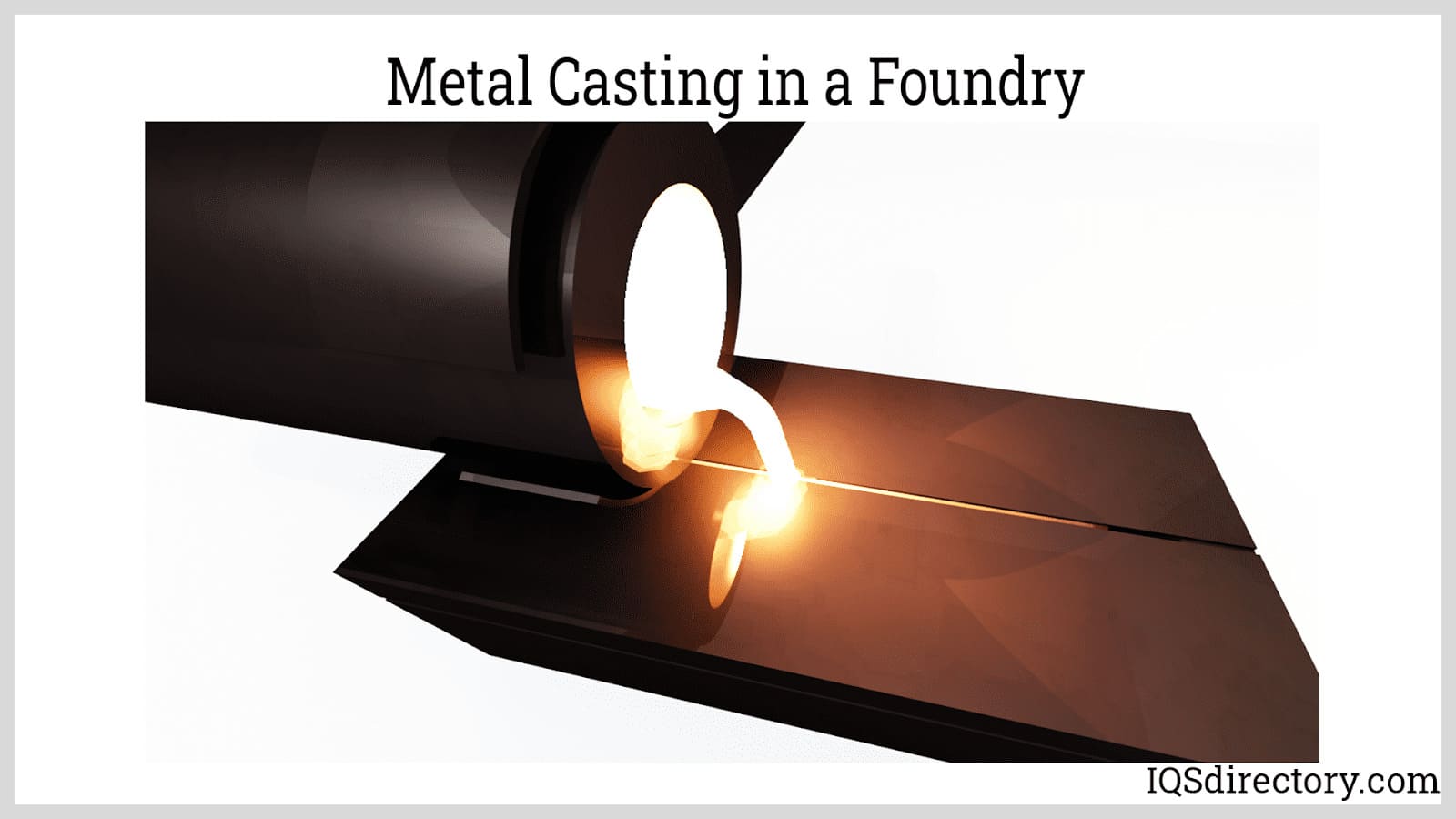
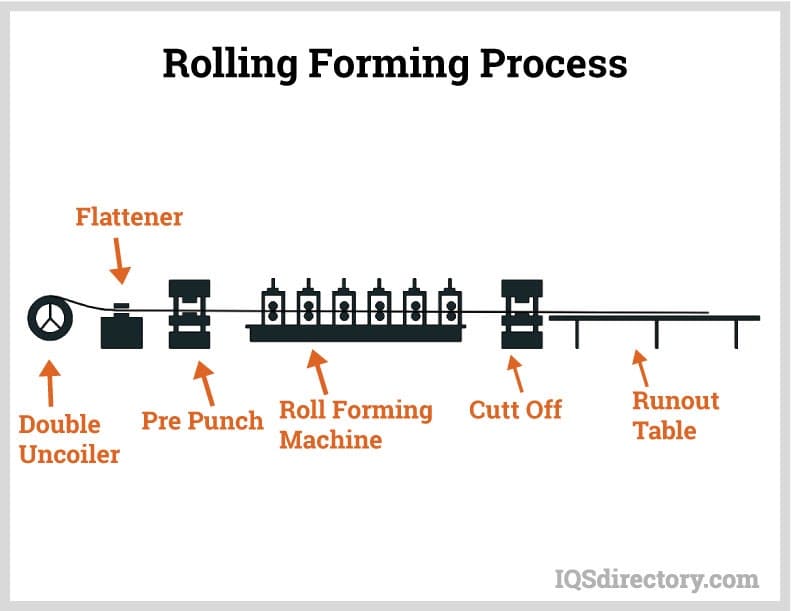
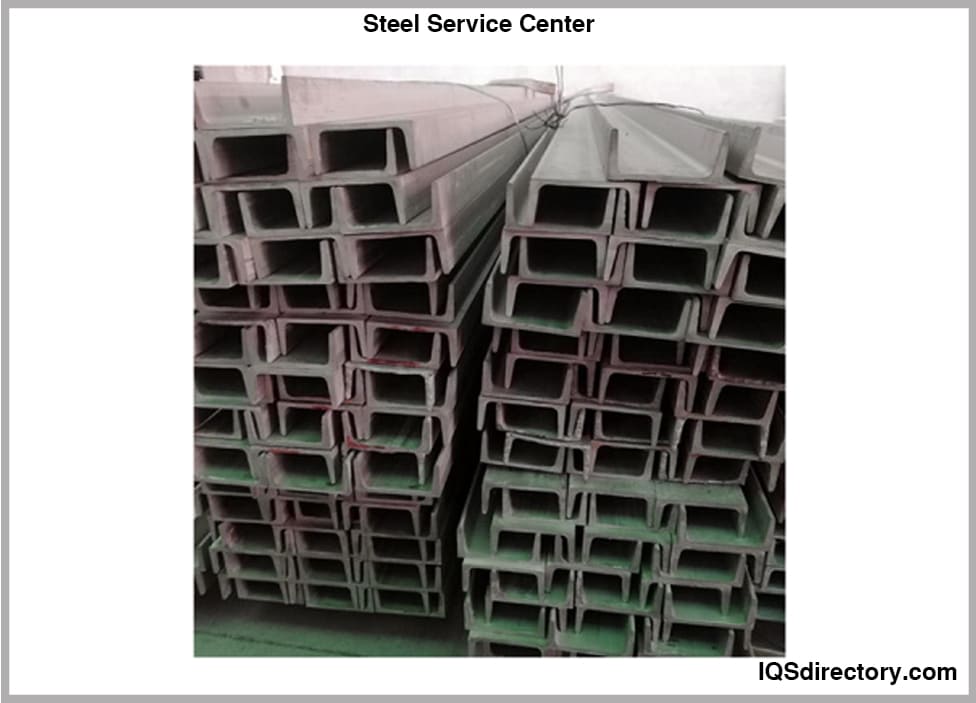
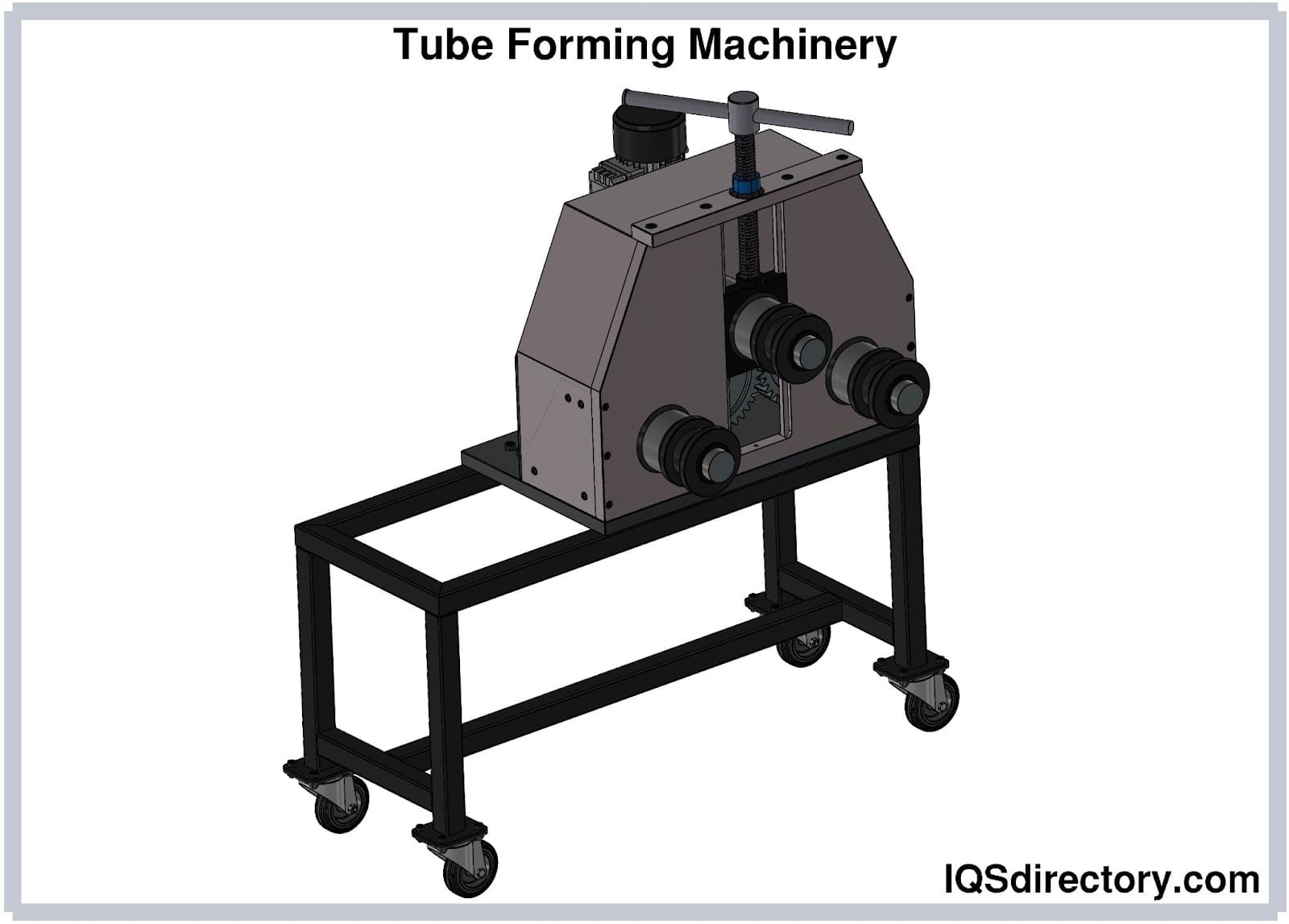
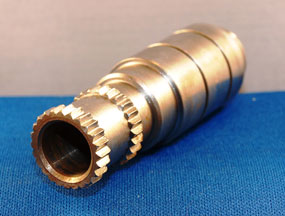 Broaching
Broaching CNC Machining
CNC Machining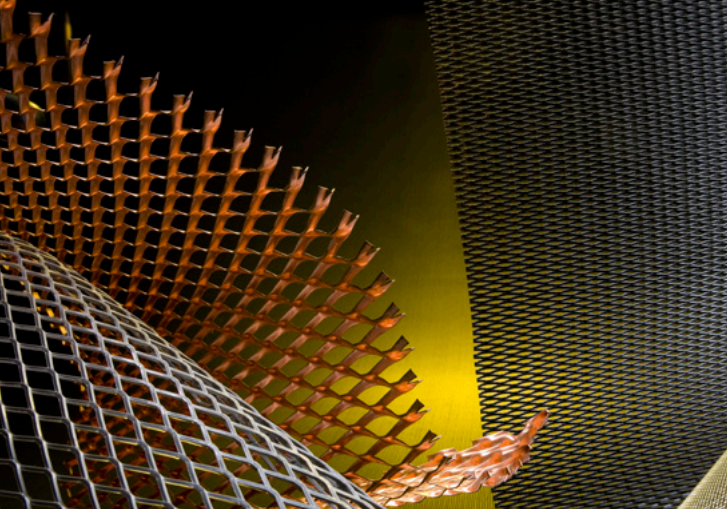 Expanded Metals
Expanded Metals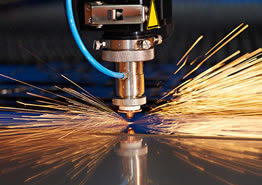 Laser Cutting
Laser Cutting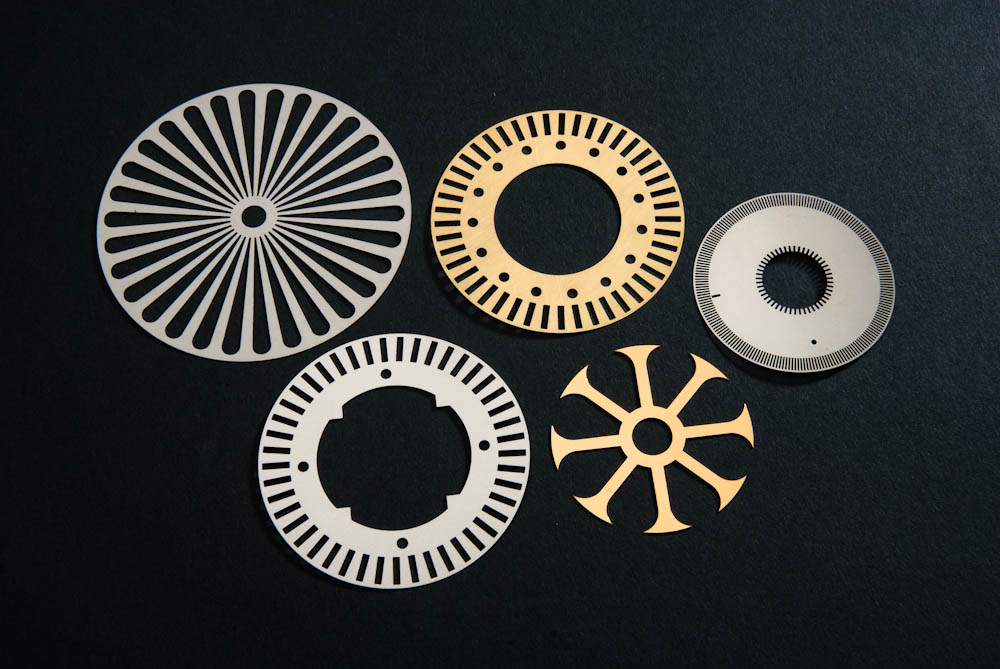 Metal Etching
Metal Etching Metal Fabrication
Metal Fabrication Perforated Metals
Perforated Metals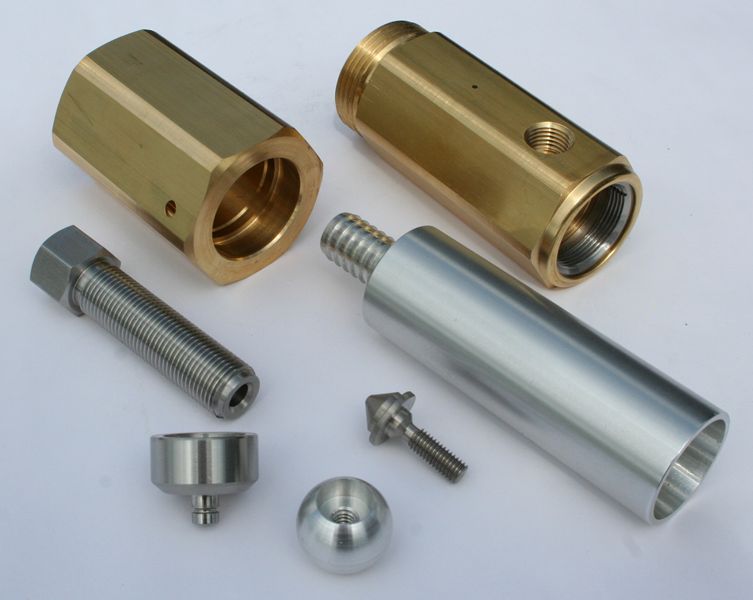 Screw Machine Products
Screw Machine Products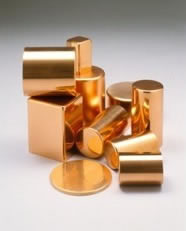 Metal Stampings
Metal Stampings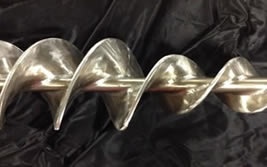 Sheet Metal Fabrication
Sheet Metal Fabrication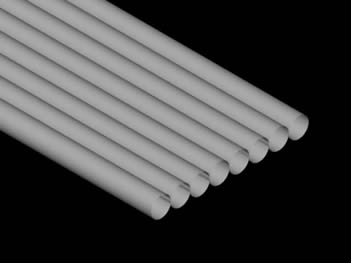 Tube Fabrication
Tube Fabrication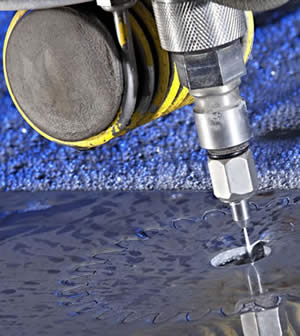 Water Jet Cutting
Water Jet Cutting Castings & Forgings
Castings & Forgings Bulk Material Handling
Bulk Material Handling Electrical & Electronic Components
Electrical & Electronic Components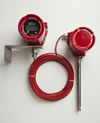 Flow Instrumentation
Flow Instrumentation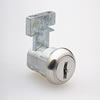 Hardware
Hardware Material Handling Equipment
Material Handling Equipment Metal Cutting Services
Metal Cutting Services Metal Forming Services
Metal Forming Services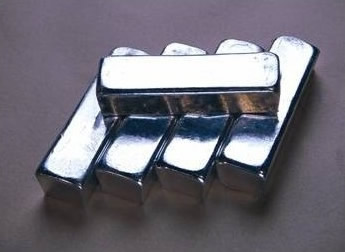 Metal Suppliers
Metal Suppliers Motion Control Products
Motion Control Products Plant & Facility Equipment
Plant & Facility Equipment Plant & Facility Supplies
Plant & Facility Supplies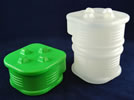 Plastic Molding Processes
Plastic Molding Processes Pumps & Valves
Pumps & Valves Recycling Equipment
Recycling Equipment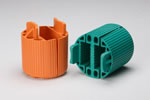 Rubber Products & Services
Rubber Products & Services